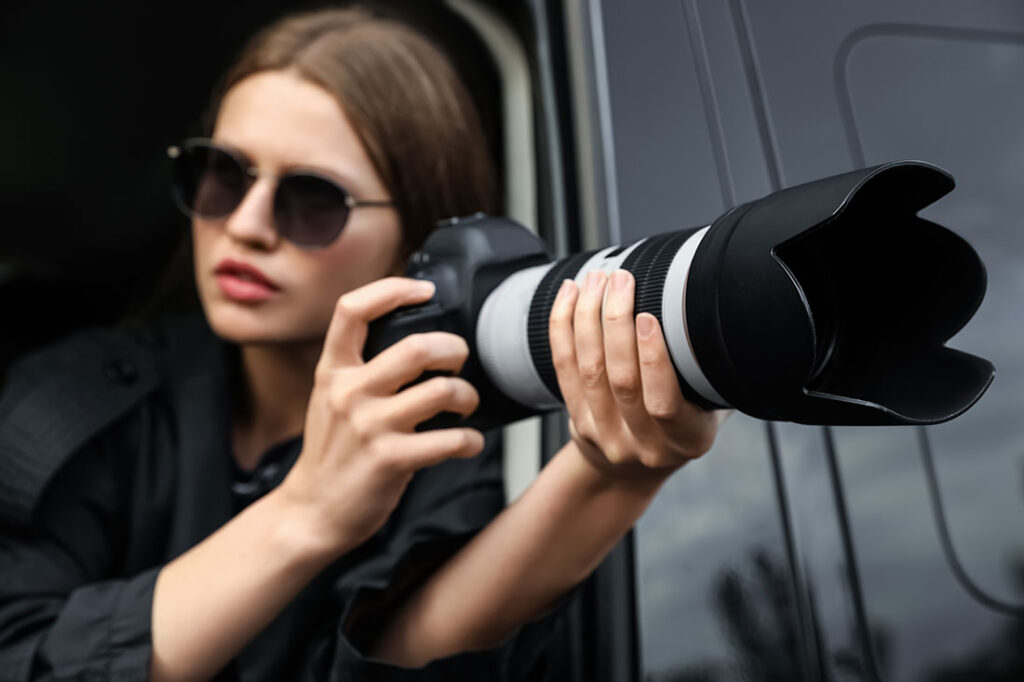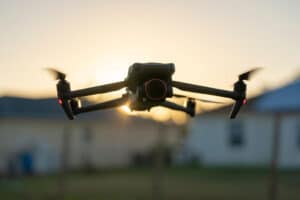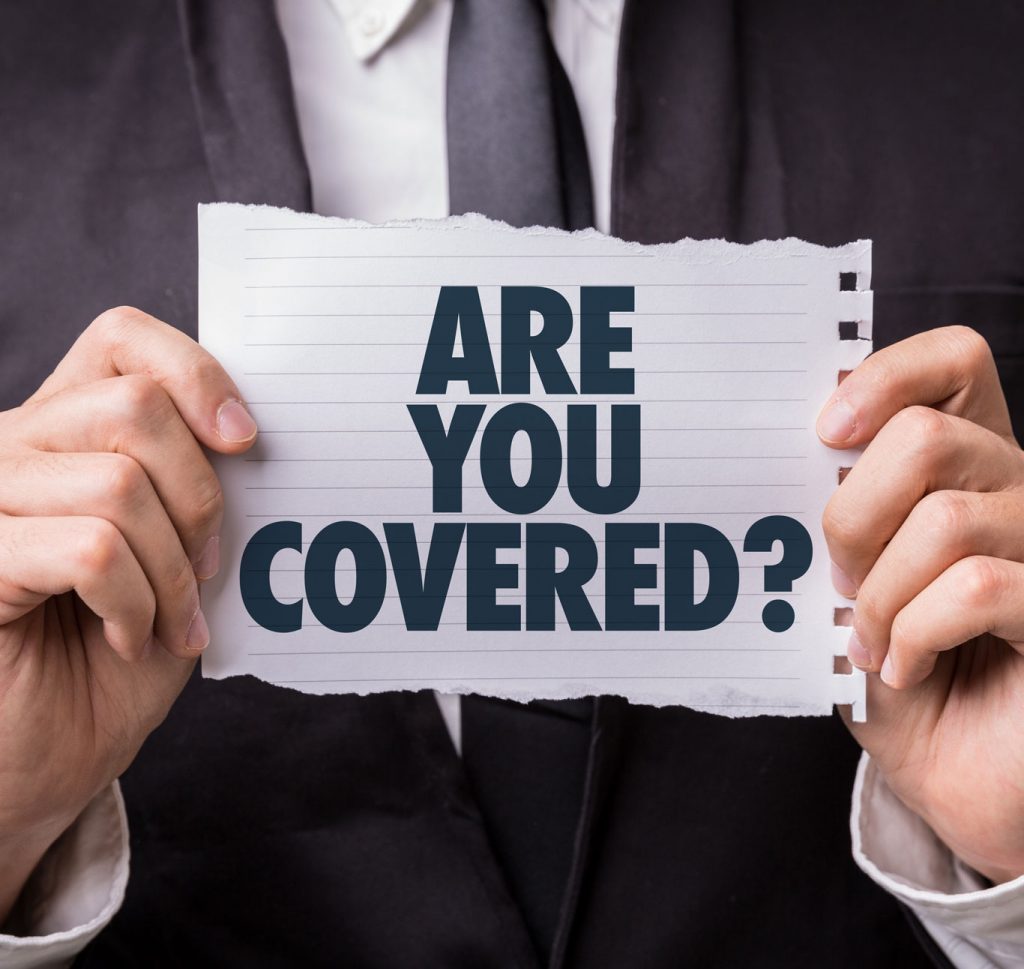Are you ready to dive into more surveillance best practices? Let’s take a look at advice on how to start modern surveillance efficiently – and how to avoid any risks along the way. These tips will help you gather information fast, be prepared for surprises, and stay within the lines of the law so everything you gather can be used legally. If it’s been a while since you updated your surveillance habits, you may have a few time-saving changes to make.
Start with Map Research and a Profile
Before heading out into the field, take time to research the area thoroughly and create a profile for the person you’ll be surveilling. Apps like Google Maps make this part much easier, as you can easily map out streets and switch to a real-world overlay or a street view to get a closer look and find the best spots. It’s well worth your time and will help you look less conspicuous when you arrive at your destination.
A profile includes invaluable information on your subject, their daily schedule, their habits, and what they are most likely to be doing (along with specific types of evidence that you’d like to collect for this job). Always create one of these profiles before heading out so you have a good idea what to watch for, and so you’ll know if the subject is deviating from their usual schedule in any strange ways.
Stick to Public Places
Surveillance is not the same as snooping. Legal surveillance always happens in public spaces. That could be the side of a street, a seat in a bar, or a walk in the park, but it needs to be somewhere other people can easily go. Surveillance cannot happen in an area where there is a reasonable right to privacy. That includes places like bathrooms and changing rooms, as well as personally-owned spaces. If you are out on the street, you should be fine. But you cannot go on someone’s property or into someone’s home to get a better look without crossing the line into illegal actions.
Some surveillance laws can vary from state to state. It’s a good idea to brush up on the current laws in the state where you’re working to keep the details in mind.
Dedicated Equipment is Great, But More Conspicuous
As a general rule, save the large equipment like your DSLR camera with large lenses or your high-definition cam for long distances. These devices are easily noticeable and should only be used when no one near your target can see you. Nothing says “PI” quite like a person with a big camera taking pictures from their car. Depending on the weather, you may be able to fake being an amateur photographer (a bit more on this below), but that’s not always a reliable strategy.
For short-distance surveillance where you don’t have much space, stick to surveillance with more common options, like the camera on your work phone. You can even find zoom lenses for smartphones that are small enough to avoid attracting much attention.
Keep Great Notes
Document everything if you have time. Note the exact time that your subject does something, and what they’re doing. This can be very helpful when putting together an argument in court at a later date.
Always Have Something to Do
We don’t mean fidgeting in your car – we mean have something that you’re working on as a backup plan in case anyone gets suspicious. It’s not very convincing to say, “I’m just on my work break.” Instead, prepare actions you can take to make it look like you’re busy doing something else. That could be looking up scores to a recent game, reading a local real estate magazine, making a call to a “friend” that you’re waiting for, trying to decide what to get from the menu…and so on. If things start to get hot, you have a preplanned action to take to make things look unassuming.
Tracking Is Legal…Within Limits
Placing trackers can be a legally tricky part of surveillance, and it’s possible to try to collect information without using trackers. If that’s not feasible, don’t break into anyone’s belongings or vehicle to place a tracker. At the most, you can try placing a tracker on the outside of a vehicle that’s parked in a public space. Anything else is likely to get you in trouble and be inadmissible as evidence for a case.
Know What’s Illegal
A final reminder: Illegal surveillance includes trying to surveil (through any means) places where people have a reasonable right to expect privacy. That can include their own homes and backyards. It’s also generally illegal to record phone calls that you are not a part of, or to monitor someone else’s personal device like a smartphone without permission.
Final Note
Clients may be interested in counter-surveillance services too, especially if they think someone is watching them in one of these illegal ways. We’ll talk about counter-surveillance in other articles, but it typically involves scans to detect bugs, hidden cameras, and other devices.






